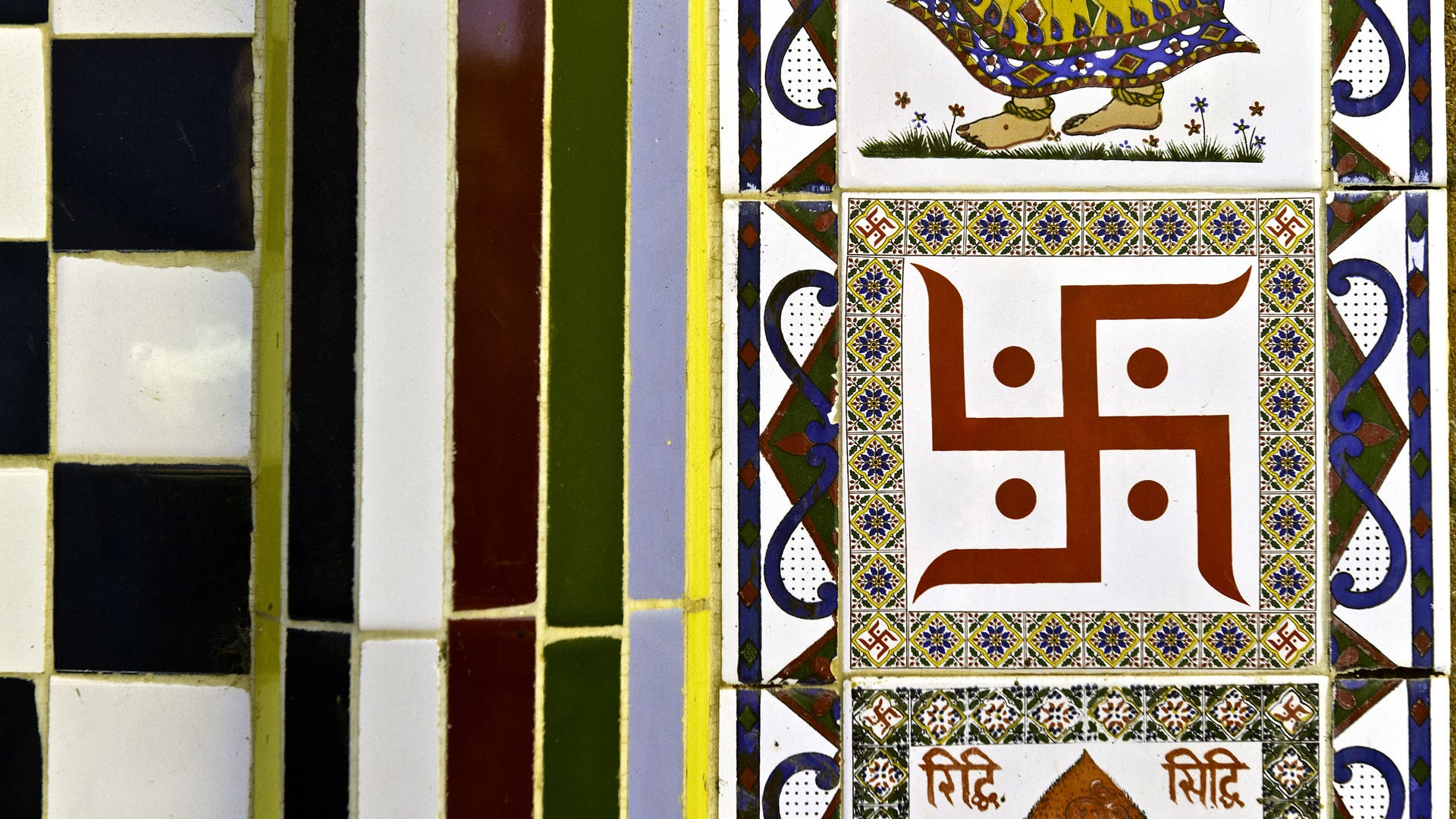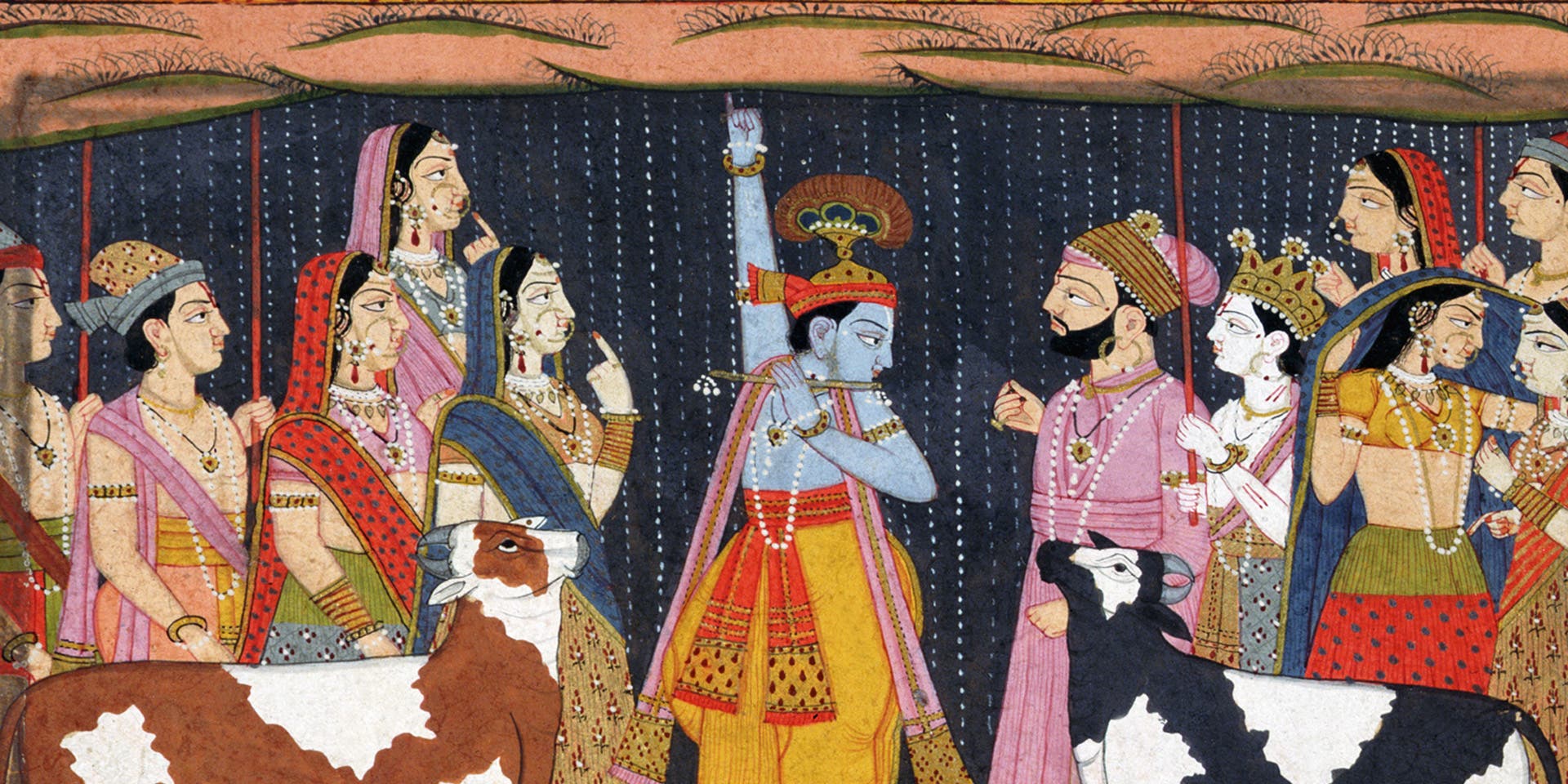Sanatan/ Hindu Hinduism
Hinduism
Hinduism is the world’s oldest religion, according to many scholars, with roots and customs dating back more than 4,000 years. Today, with more than 1 billion followers, Hinduism is the third-largest religion behind Christianity and Islam. Roughly 94 percent of the world’s Hindus live in India. Because the religion has no specific founder, it’s difficult to trace its origins and history. Hinduism is unique in that it’s not a single religion but a compilation of many traditions and philosophies.
Hinduism Beliefs, Symbols
Some basic Hindu concepts include:
- Hinduism embraces many religious ideas. For this reason, it’s sometimes referred to as a “way of life” or a “family of religions,” as opposed to a single, organized religion.
- Most forms of Hinduism are henotheistic, which means they worship a single deity, known as “Brahman,” but still recognize other gods and goddesses. Followers believe there are multiple paths to reaching their god.
- Hindus believe in the doctrines of samsara (the continuous cycle of life, death, and reincarnation) and karma (the universal law of cause and effect).
- One of the key thoughts of Hinduism is “atman,” or the belief in soul. This philosophy holds that living creatures have a soul, and they’re all part of the supreme soul. The goal is to achieve “moksha,” or salvation, which ends the cycle of rebirths to become part of the absolute soul.
- One fundamental principle of the religion is the idea that people’s actions and thoughts directly determine their current life and future lives.
- Hindus strive to achieve dharma, which is a code of living that emphasizes good conduct and morality.
- Hindus revere all living creatures and consider the cow a sacred animal.
- Food is an important part of life for Hindus. Most don’t eat beef or pork, and many are vegetarians.
- Hinduism is closely related to other Indian religions, including Buddhism, Sikhism and Jainism.

There are two primary symbols associated with Hinduism, the om and the swastika. The word swastika means "good fortune" or "being happy" in Sanskrit, and the symbol represents good luck. (A hooked, diagonal variation of the swastika later became associated with Germany’s Nazi Party when they made it their symbol in 1920.)
The om symbol is composed of three Sanskrit letters and represents three sounds (a, u and m), which when combined are considered a sacred sound. The om symbol is often found at family shrines and in Hindu temples.
Hindus value many sacred writings as opposed to one holy book.
The primary sacred texts, known as the Vedas, were composed around 1500 B.C. This collection of verses and hymns was written in Sanskrit and contains revelations received by ancient saints and sages.
The Vedas are made up of:
- The Rig Veda
- The Samaveda
- Yajurveda
- Atharvaveda
Hindus believe that the Vedas transcend all time and don’t have a beginning or an end.
The Upanishads, the Bhagavad Gita, 18 Puranas, Ramayana and Mahabharata are also considered important texts in Hinduism



Comments
Post a Comment